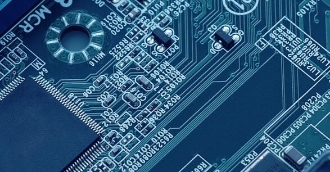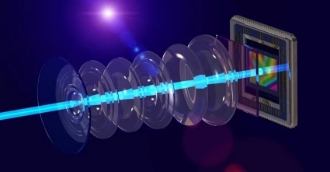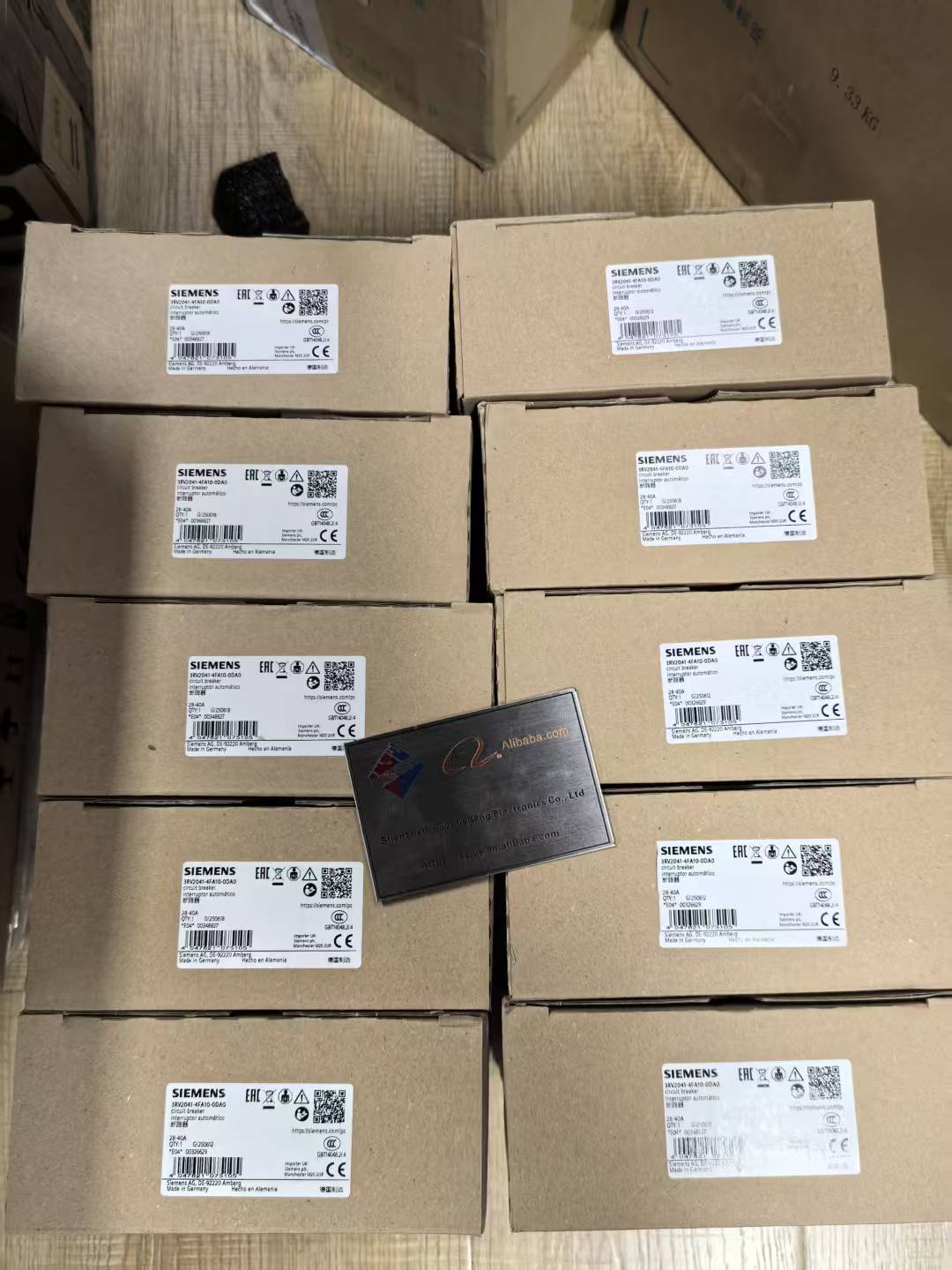Powering the IoT with Ambient Energy Conversion
As the Internet of Things (IoT) proliferates, with projections of 29 billion connected devices by 2030, the demand for sustainable power solutions has never been more critical. Traditional batteries, plagued by limited lifespan, environmental waste, and maintenance costs, are ill-suited for remote or embedded applications. Enter energy harvesting electronics-a paradigm that transforms ambient energy sources like light, heat, motion, and radio waves into usable electricity. This article explores how breakthroughs in materials science and device design are enabling self-powered electronics, reshaping industries from smart cities to healthcare.
The Limitations of Traditional Power Solutions
Conventional lithium-ion batteries, while dominant in portable electronics, face insurmountable challenges in IoT:
Frequent Replacement: A typical sensor node in a remote wind farm requires battery replacement every 1–2 years, incurring high operational costs.
Environmental Impact: Global e-waste from discarded batteries is expected to reach 20 million tons by 2030, with only 5% recycled effectively.
Design Constraints: Bulky battery packs restrict miniaturization, incompatible with next-gen wearables like skin-mounted health monitors.
Energy harvesting addresses these issues by leveraging ambient energy flux-the 200 µW/cm² of indoor light, 50 µW/cm² of body heat, or 100 µW/cm² of vibrational energy present in most environments. By converting these into electricity, devices can operate perpetually, eliminating reliance on finite energy storage.

Core Energy Harvesting Technologies
1. Photovoltaic Harvesting: Beyond Solar Panels
Miniaturized photovoltaic (PV) cells optimized for low-light conditions are revolutionizing indoor IoT:
Perovskite PV Cells: Oxford PV's 14% efficient perovskite-silicon tandem cells (2024) generate 20% more power than silicon alone in dim light (200 lux), ideal for smart meters and shelf-edge sensors.
Organic PV (OPV): Konica Minolta's flexible OPV films, just 50 microns thick, adhere to curved surfaces like car dashboards, converting ambient light to 15 µW/cm² with a 10-year lifespan.
2. Thermoelectric Generation (TEG): Harnessing Waste Heat
TEG devices convert temperature gradients into electricity using the Seebeck effect:
Nano-Composite Materials: MIT's bismuth telluride nanowires achieve a figure of merit (ZT) of 1.8 at room temperature, enabling 5 µW/cm² power density from a 10°C temperature difference-sufficient for wireless sensor networks in industrial machinery.
Wearable TEGs: Panasonic's wrist-worn generator harvests body heat to power fitness trackers, delivering 30 µW continuously without affecting user comfort.
3. Mechanical Energy Harvesting: From Vibration to Pressure
Piezoelectric and electromagnetic transducers capture motion and pressure:
Piezoelectric Nanogenerators (PENG): Zhonglin Wang's at Georgia Tech developed zinc oxide nanowire arrays that produce 5 nJ per footstep, enabling self-powered floor sensors for retail analytics, detecting customer foot traffic without wiring.
Electromagnetic Micro-Generators: Bosch's vibration harvester, integrated into vehicle tire pressure monitors, converts road vibrations into 100 µW at 50 Hz, eliminating the need for battery replacements in EV fleets.
4. Radio Frequency (RF) Harvesting: Wireless Power for Ubiquitous Connectivity
RF energy harvesting captures stray signals from Wi-Fi, Bluetooth, and cellular networks:
Wideband Antennas: Semtech's LoRa-enabled harvester operates across 433–915 MHz, scavenging 10 nW/cm² from distant base stations to power low-data-rate sensors in smart agriculture.
Backscatter Communication: Apple's U1 chip uses backscatter to transfer data while harvesting 5 µW from nearby Bluetooth signals, enabling ultra-low-power airtag-like trackers.
Transformative Applications
1. Industrial IoT: Predictive Maintenance Without Batteries
In manufacturing plants, self-powered sensors are revolutionizing asset monitoring:
Vibration-Based Bearings Monitoring: ABB's Energy Harvesting Sensor (EHS) uses piezoelectric transducers to detect early-stage bearing wear, transmitting data over 5G with zero battery dependency, reducing downtime by 35%.
Pipeline Leak Detection: Self-powered acoustic sensors from Sensirion, deployed along oil pipelines, operate for 15+ years by harvesting pipeline vibrations, cutting maintenance costs by 60%.
2. Healthcare: Implantable and Wearable Solutions
Energy harvesting enables lifelong medical devices:
Self-Powered Pacemakers: Medtronic's prototype uses TEG to convert body heat into 20 µW, eliminating the need for risky battery replacements in cardiac implants.
Skin Electronics: MC10's stretchable ECG patch harvests both body heat and motion energy, providing continuous heart rate monitoring for 30 days without recharging-critical for remote patient care.
3. Smart Cities: Sustainable Infrastructure at Scale
Urban environments are ideal for ambient energy exploitation:
Streetlight-Integrated Sensors: Philips' CityTouch system uses solar and RF harvesting to power traffic sensors and air quality monitors, reducing municipal energy bills by 25% while enabling real-time urban analytics.
Pavement Energy Harvesting: Energy Floors by Pavegen convert foot traffic into 5W per step, powering streetlights and public Wi-Fi hotspots in pedestrian zones, demonstrating circular energy economies.
Challenges and the Path to Scale
1. Energy Density vs. Miniaturization
Current harvesters struggle to meet high-power demands (e.g., 10 mW for 5G modems), requiring hybrid solutions combining harvesting with ultra-low-power storage (e.g., supercapacitors). Researchers at Stanford University are addressing this with hierarchical energy management systems, using machine learning to optimize energy allocation between harvesting and storage, improving efficiency by 40%.
2. Environmental Variability
Ambient energy sources are inconsistent: a cloudy day reduces solar harvest by 80%, while stationary devices may lack motion input. Adaptive algorithms, such as 德州仪器' EnergyTrace technology, predict energy availability and adjust device duty cycles accordingly, ensuring 99.9% uptime in fluctuating environments.
3. Material Cost and Manufacturing
Specialized materials like perovskite and piezoelectric ceramics remain expensive for mass production. However, economies of scale are driving down costs: OPV film prices have dropped from
200/m
2
in2020to
30/m² in 2024, with roll-to-roll manufacturing enabling 10x throughput improvements.
Future Outlook: The Self-Powered Electronics Ecosystem
By 2030, the energy harvesting market is projected to reach $18 billion, driven by 22% CAGR in industrial and healthcare sectors. Key trends include:
Multi-Energy Harvesting Modules: Bosch's upcoming BME688 sensor integrates solar, thermal, and motion harvesting, supporting 50+ IoT use cases with a single 10mm³ device.
AI-Optimized Energy Management: NVIDIA's Edge Impulse platform now includes energy harvesting models, reducing false wake-ups in battery-free sensors by 55%.
Regulatory Support: The EU's Ecodesign Directive 2025 will mandate self-powered functionality for all new industrial sensors, accelerating adoption across the continent.
Energy harvesting is more than a niche technology; it's a foundational shift in how we power the digital age. By leveraging the energy that surrounds us-light, heat, motion, even radio waves-electronics can become self-sustaining, eliminating waste and enabling ubiquitous connectivity. As materials science and device design continue to advance, the era of "energy-agnostic" electronics-devices that thrive wherever they're deployed-is rapidly approaching. For an IoT future constrained by battery limits, energy harvesting offers not just a solution, but a vision of electronics that work in harmony with their environment.







